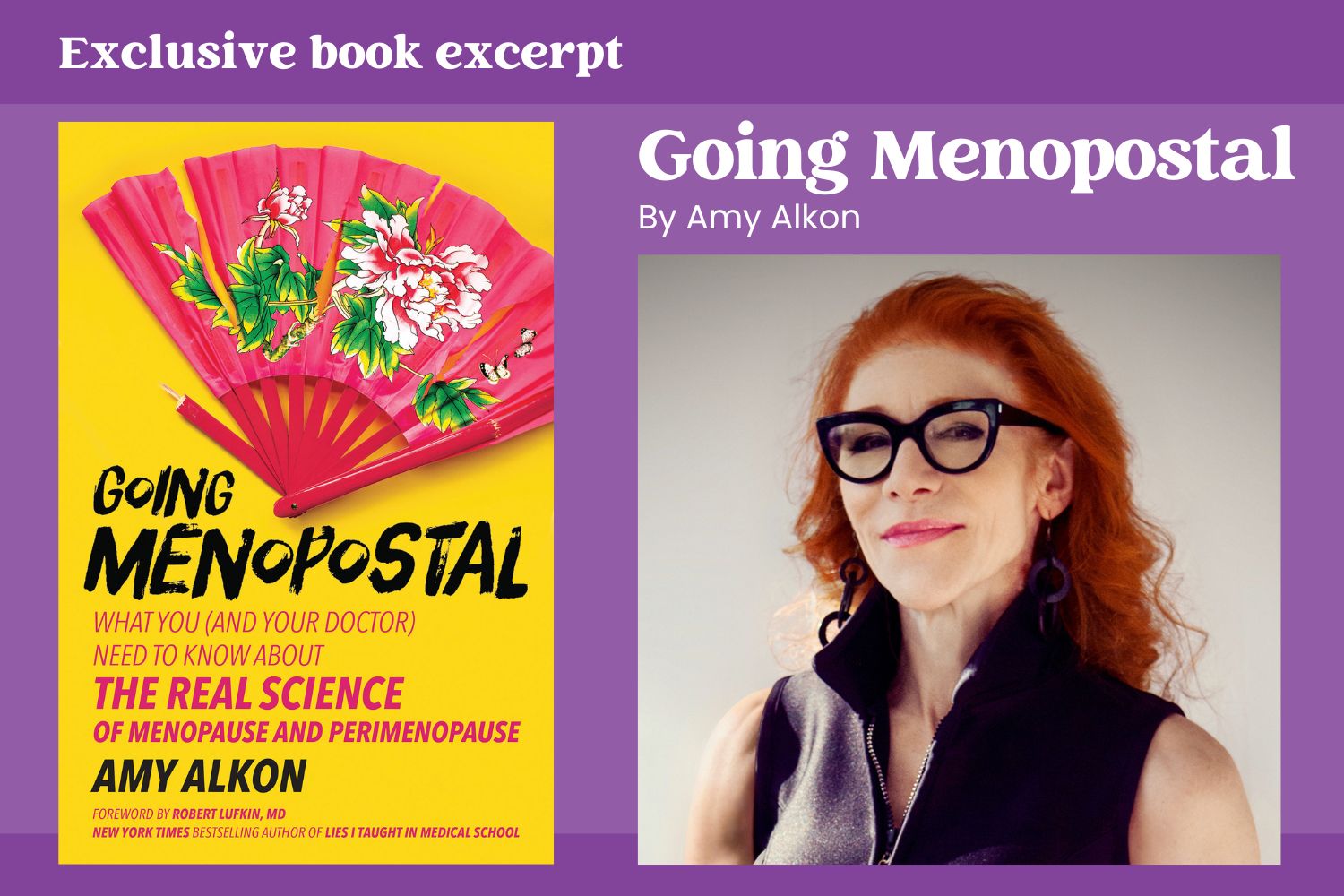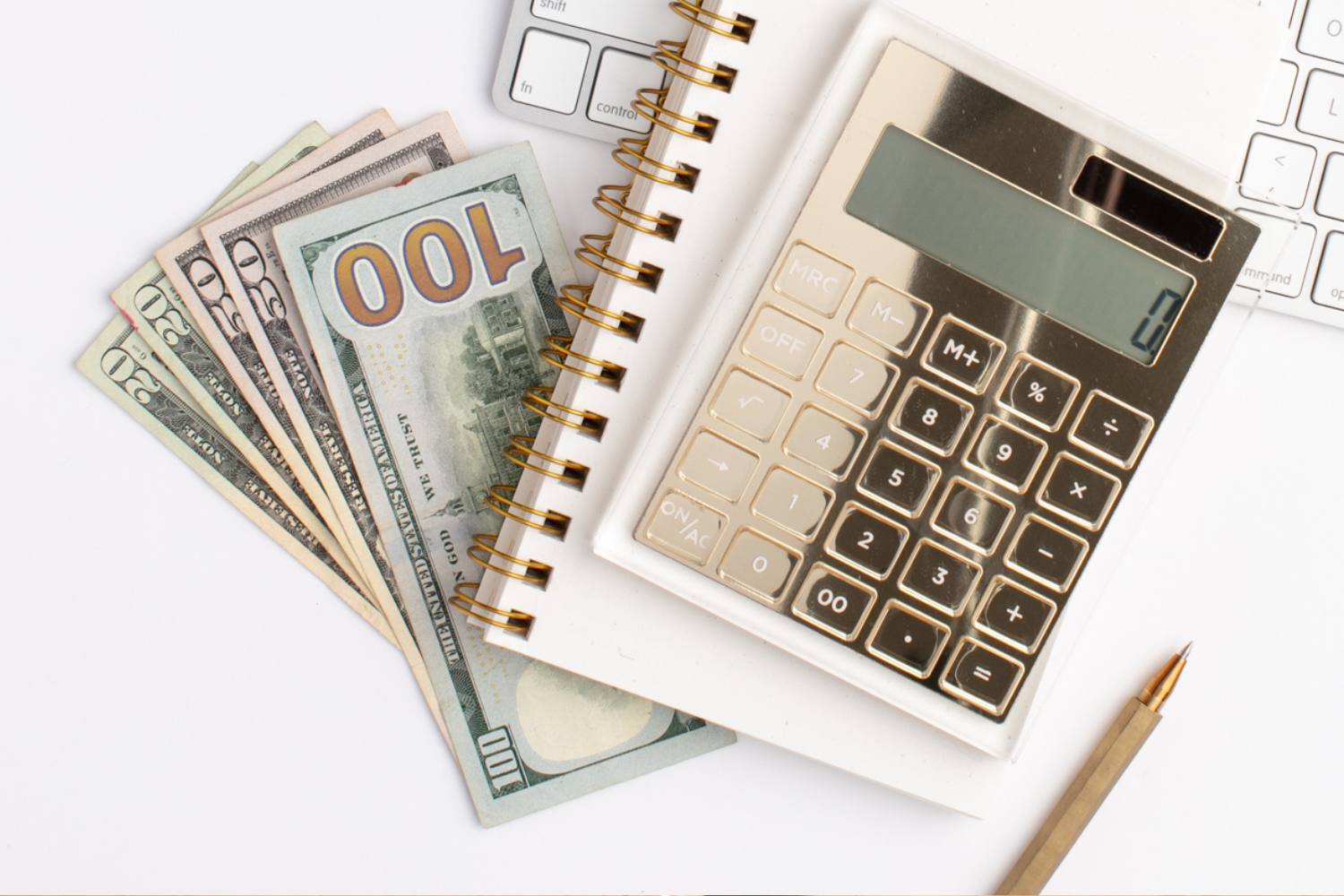
How I got out of credit card debt with peer-to-peer loans (and you can, too)
I remember getting a sinking feeling just after a spring road trip to Memphis and Nashville – how much did that vacation dig my debt hole even deeper? It was the spring of 2006, and I’d been out of grad school about three years. It was long enough for me to accrue chunks of credit card debt from a lot of life events:
- I moved to Chicago
- It took me three months to find a full-time job
- That job paid only $13 an hour – after taxes, just enough to cover my rent
- My cat got very sick and I spent $1,000 at the vet in one night, and the next day had to put her down
- I moved again (to an apartment I then shared with a roommate)
- I got a new job! That paid $22 an hour
But I also used that card for things like going out to dinner, buying a cute new top, or just making sure a purchase didn’t drain my bank account. Paying the credit card bill later, however, was a struggle. I never paid my whole balance, only a few hundred dollars a month.
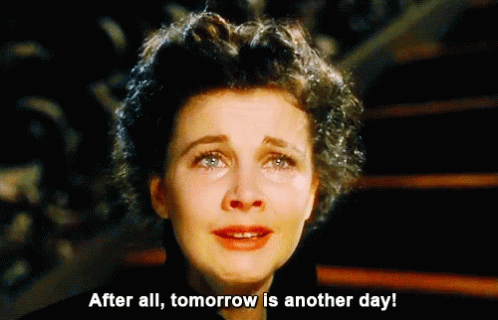
By the spring of 2006, I was about $13,000 in credit card debt and didn’t have much of a clue how to get out of it. I had money, kind of – I was in better shape than I had been right out of school. I paid my utility bills on time as well as my rent, but at 15-something percent, the interest rates on my Mastercard were enough that my meager $200-something monthly payments weren’t doing much but treading water in my debt pool. And that was only if I didn’t add more charges to the card that month (like during a fun trip to Tennessee).
In fact, when I calculated it, my debt at that percentage rate was going to take me over 11 years to pay off – again, only if I never used that card again.
What got me to finally take some action to get out of debt
I remember the phrase coming out of my then-boyfriend, now husband’s mouth: “You can’t keep sticking your head in the sand about this. You have to do something to work out of it.” That image – an ostrich avoiding trouble by plunking its head down in a hole – really stuck in my mind.
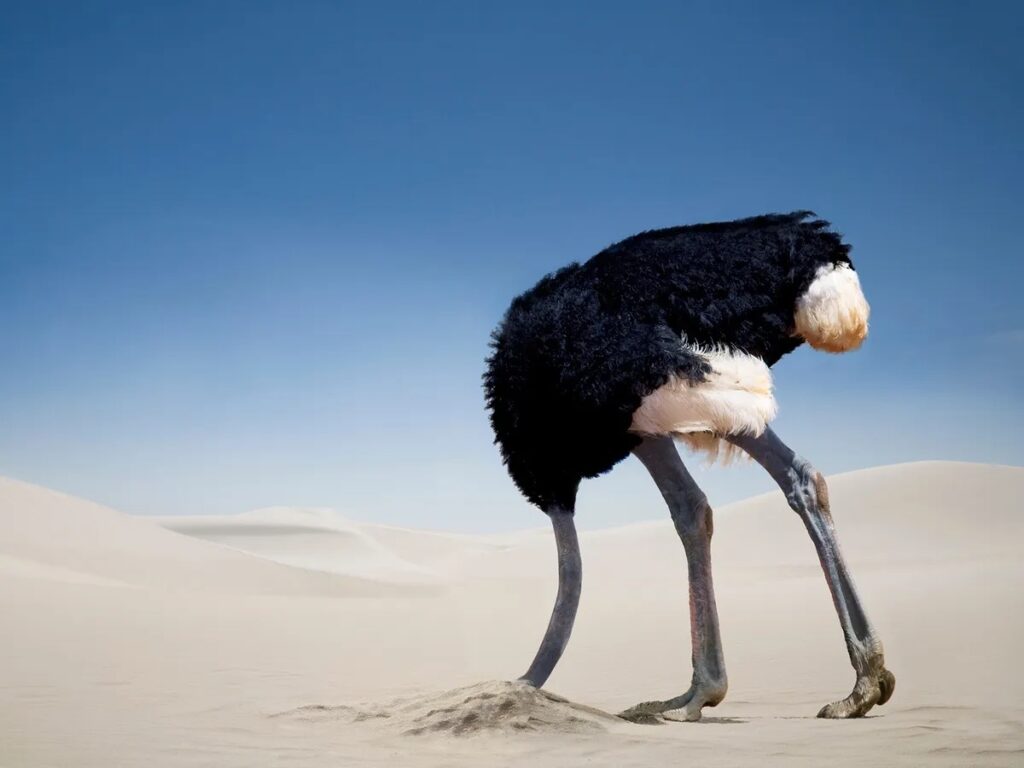
I also realized that I didn’t have a good relationship with my debt. I had student loans from grad school, and I remember just thinking, “Oh, la de dah,” when I was in that mandatory loan meeting near the end of my Master’s program. I assumed good-paying jobs would just happen and I’d have tons of money to make my payments. Credit card debt didn’t seem any different. The universe would somehow provide me with enough money to do the things. But that’s not what the 2003 economy had in store for me, a poet with two degrees.
When you need help, sometimes you have to crowdsource it
At that point in time, I didn’t have any assets I could sell to get out of debt, nor could I see a bank giving me that much money for any reason. But what I did find was a website where people could invest in your debt and help you pay it down at a lower rate than your credit card offered.
This is called “peer-to-peer lending” – and it’s not something we typically think about using for debt reduction, or at least I didn’t until I tried it. For me, someone with pretty good credit and a rather OK-paying job, peer-to-peer loans had real promise. I had always paid minimums on my student loans even when I couldn’t afford much more than paying off the interest, and I paid my utility bills and medical bills (even though some of those had ended up on that Mastercard).
“Peer-to-peer loans can be a reasonable choice when traditional loans are not an option, or you think you can get better terms from a P2P loan,” writes Eric Rosenberg at the Associated Press. “They are particularly beneficial for borrowers with good credit who can secure lower rates or for those who need funds quicker than what traditional banks typically offer. P2P loans are also worth considering for debt consolidation or funding personal projects where a structured repayment plan is desirable.”
Think of P2P loans like a Kickstarter – another peer-to-peer style funding plan – but they’re for something you’ve already done, not something you’re planning to do.

Current crowdfunding loan options include:
- Prosper (offers crowdsourced loans for personal or business debt reduction)
- Funding Circle (more geared toward small businesses)
- Lending Club (offers both personal and business debt consolidation loans)
- Kiva (one of the earliest microloan platforms – primarily aimed at Western debt investors who help out applicants around the world, often based in third-world countries – but you can also use it to borrow)
- SMBX (more for investors and small businesses)
- Worthy Bonds (geared toward investors who want to use bonds to earn some investment returns)
- Honeycomb Credit (geared toward helping small businesses through crowdsourced investments)
- Upstart (with bad or no credit, they offer fixed-rate personal loans)
How I used a peer-to-peer loan to get out of credit card debt
After many months (OK, about a year) of research and stalling, I finally started getting out of debt. I used a site called Prosper and my P2P loan involved writing a pitch to potential investors and showing them I was a good investment. Basically, I broke down my monthly income and expenses and showed that I could pay back the loan in the timeframe the loan suggested – in my case, about three years. If someone invested in my loan, they would receive the interest based on the amount they invested – kind of like what the credit card company was doing already, but this time that interest would be divided up among everyone who invested in me. If someone invested more money, they got a bigger slice of that percentage pie. But every investor made something as long as I paid my loan dutifully.
In researching successful loans on Prosper, I found that it wasn’t as likely that I would be able to do a loan for my entire debt from the start. So instead, I aimed to fund half of what I needed and then planned to get another Prosper loan down the line once I showed I was a great investment. And I did so just a year later, with both of my loans covering my entire credit card debt.
Oh, and that percentage rate? It went down as folks pitched to invest in my loan – something also cool about peer-to-peer lending in this case – and I ended up with an APR about half of what Mastercard wanted from me. It got to be so great that in 2010, when I got a third job that paid even better, I was able to make some big payments and finish up my Prosper loan repayments a little early.
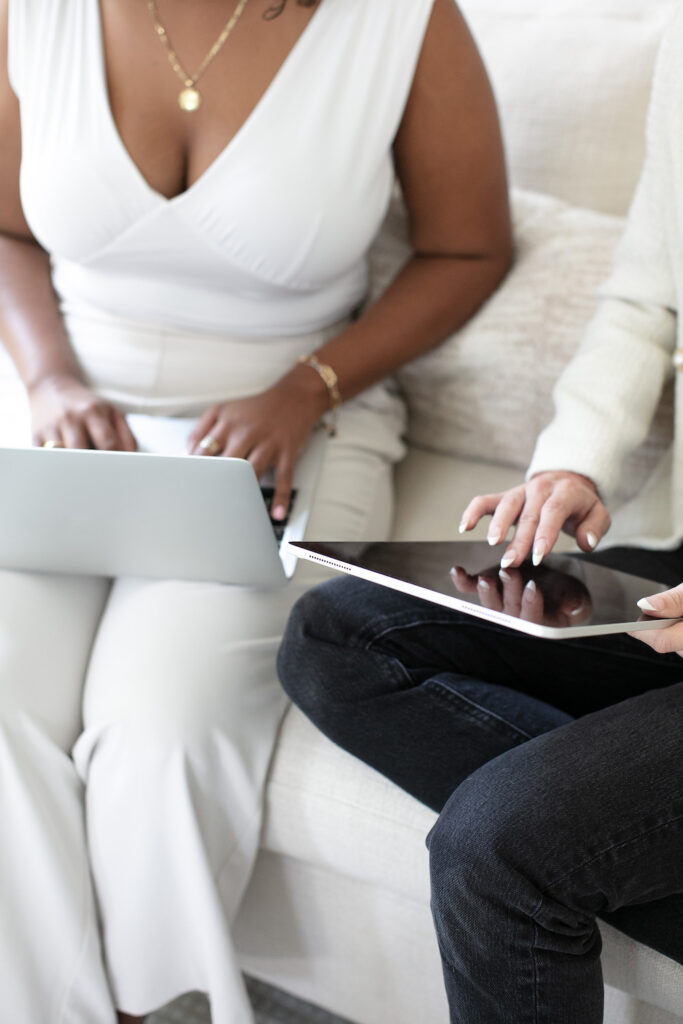
Helping others by talking about your debt journey
I was talking with a friend and mentioned this whole process one day, and she ended up picking my brain about what the experience was like. Allison in Chicago (who asked not to use her real name) ended up utilizing the same program a few years after I had.
“There wasn’t a specific reason,” Allison said when I recently asked about why she chose that moment to take action. “So much as I was sick of a large portion of my money going to my credit card bill. I wanted to have a savings cushion.”
Allison also had about $10,000 worth of credit card debt, and she was able to get to $0 on that amount with Prosper and peer-to-peer lending. Now, she has even more big life expenses behind her, like getting married, buying a house, and having a baby.
When I asked her if the experience changed how she thinks about credit card debt, Allison, now 38, said, “Definitely.”
“It’s something I slipped into when I was younger fairly easily; I’m much more mindful now,” she said. “Therapy has been very helpful in managing my anxiety. And I have a new reason to be more thoughtful with money: my kid’s future. I can’t say I’ll never carry credit card debt again, because unless you’re generationally wealthy and have no extenuating circumstances, it’s tough to stay out of debt permanently. But I don’t feel like I’ll blink and have debt in the double digits.”
My advice when it comes to getting out of debt? Explore a lot of options
For me, peer-to-peer lending and my steady income were a good match. But you may have completely different circumstances. In fact, Investopedia points out that many former P2P lenders aren’t really funding loans that way anymore – they are more like a broker who passes your loan on to a more traditional financial institution. Prosper is still operating a P2P program, but you’ll want to do your research and find what’s right for you.



